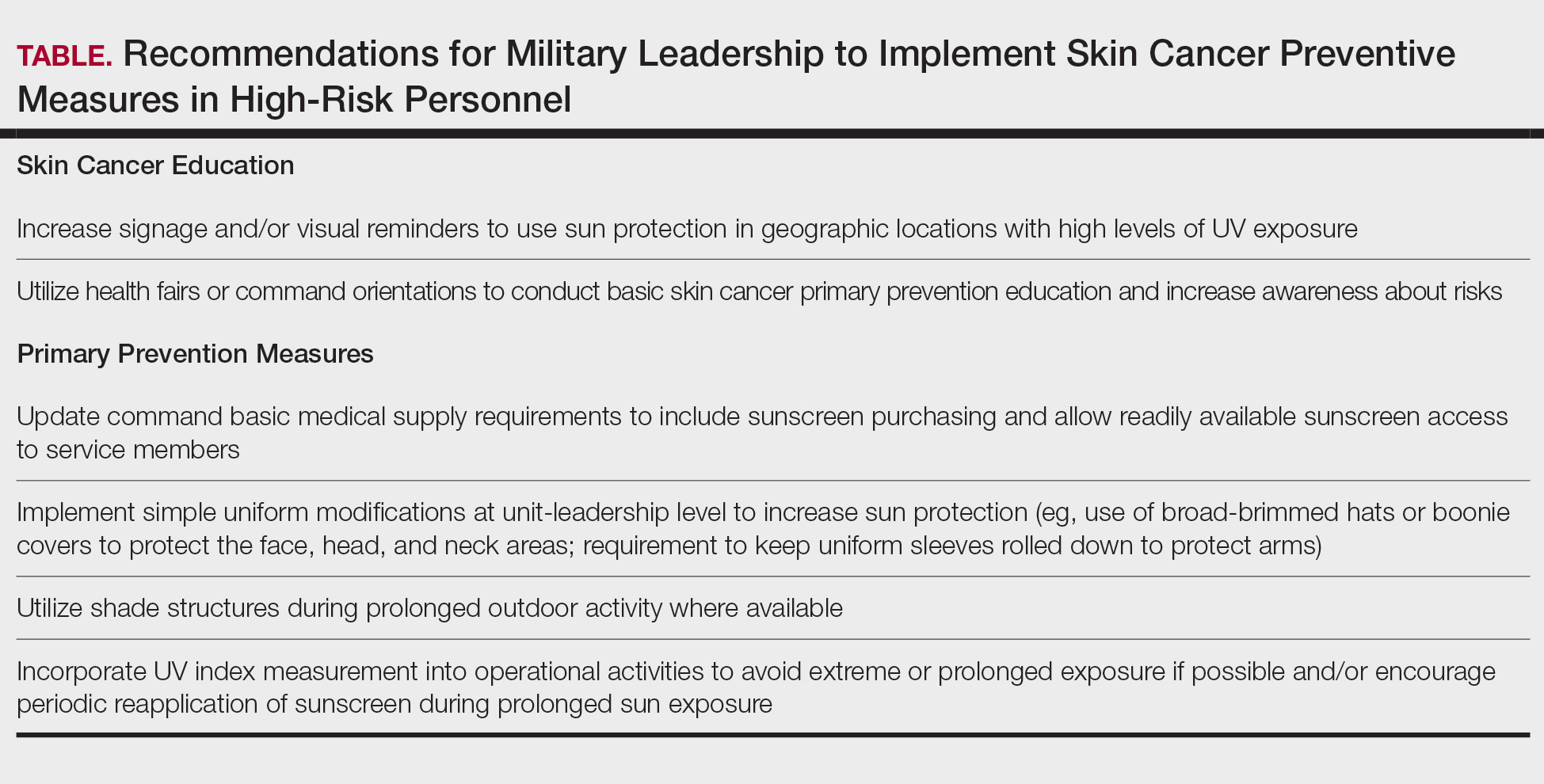
High-intensity ultraviolet radiation has been shown to present minimal challenges to a soil-dwelling lichen found in the Mojave Desert. After three months of exposure to intense UVC, the lichen continued to maintain its photosynthetic capabilities and cellular integrity due to chemical protection from its secondary metabolites. Substances extracted from these lichens could be utilized in UV-blocking applications across cosmetics, materials, and agriculture and, as per researchers, support the notion that exoplanets subjected to high levels of UV light may not be inherently adverse for photosynthetic life.
Although they may appear similar to plants, lichens are actually communal organisms consisting of fungi and either algae or cyanobacteria coexisting in a symbiotic manner. Numerous lichens thrive in extreme environments, such as polar tundra, mountainous areas, and arid deserts. While Earth’s organisms benefit from protection against most UVB and all UVC radiation due to the ozone layer, life on exoplanets orbiting M and F-type stars would require substantial UVC defense to endure.
During a hike in the Mojave Desert, researcher Henry Sun from the Desert Research Institute in Las Vegas, US, pondered why, despite being photosynthetic, the lichens appeared in various colors rather than green, including black. He speculated about the role of sunscreen. ‘It’s similar to how we wear shirts in the desert. Without sunblock, we put on shirts … perhaps [the lichens] just didn’t coordinate their shirt colors.’ This prompted him to consider whether ‘this shirt, or this sun-blocking pigment on all desert lichens, could also shield against UVC?’
To explore further, his team consistently irradiated Clavascidium lacinulatum, a black desert lichen, for 90 days with 254nm UVC light at 55W/m². Despite enduring a total dose exceeding 400,000kJ/m², the lichen exhibited only slight reductions in photosynthetic quantum yield and maintained about 65% viable algal photobiont cells. By contrast, when subjected to the same conditions, Deinococcus radiodurans, the most radiation-resistant bacteria ever discovered, perished in less than a minute.
The lichen’s resistance arises from its UV-opaque cortex, a structural layer rich in phenolic lichen acids. These intricate aromatic metabolites act as natural photostabilizers. The researchers characterized one such compound with an approximate molecular formula of C₁₀H₁₄N₂O₅.
‘We proposed this hypothesis that while UVC photons can be blocked, it’s impossible to entirely prevent the secondary chemical repercussions of UVC radiation. This creates reactive oxygen species, which can merely be mitigated,’ Sun clarifies. To investigate further, the researchers contrasted radiation damage levels in lichens exposed to ambient air versus those in an anaerobic glovebox, discovering that lichens irradiated without oxygen experienced significantly less damage.
‘The development of lichen acids was not initially motivated by the requirement for UVC protection. Instead, their foremost role revolves around countering oxidative stress, especially in dehydrating environments,’ elucidates Mehmet Varol from Muğla Sıtkı Koçman University in Turkey. ‘These metabolites likely evolved in organisms tolerant to desiccation to manage [reactive oxygen species] formation during dehydration–rehydration cycles. Their capacity to absorb UVC radiation is likely an incidental, secondary trait.’
The radiation resistance displayed by lichens may hold significance for the potential habitability of exoplanets. ‘From an astrobiological standpoint, this research contests the belief that atmospheric ozone shielding is mandatory for surface life, instead suggesting that biological adaptation to UVC stress may be feasible even without atmospheric protection,’ states Varol.
On Earth, chemicals derived from or inspired by lichens may be applicable in the creation of UV-resistant cosmetics and materials. ‘Owing to their aromatic structures, these compounds could be incorporated into polymers to improve UVC stability in materials, especially in aerospace sectors such as robotics, surface coatings, or smart paints designed for high-UV environments,’ Varol mentions. ‘Nevertheless, there are translation obstacles: some lichen metabolites show cytotoxicity, and comprehensive testing for photostability, biocompatibility, and biodegradability would be necessary before they could be marketed.’
Additionally, Sun speculates whether these compounds could be beneficial in agriculture. ‘Certain plants struggle in intense sunlight due to UV damage. Could we apply something on their leaves to assist?’